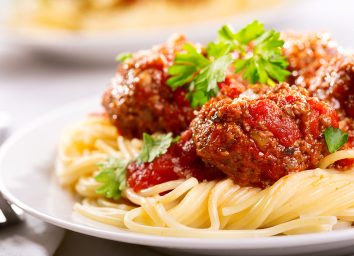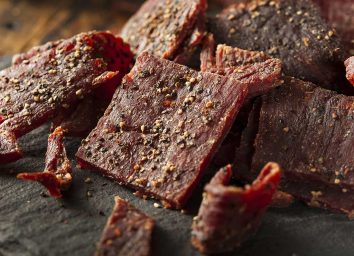The Most Popular Meats in America—Ranked for Nutrition
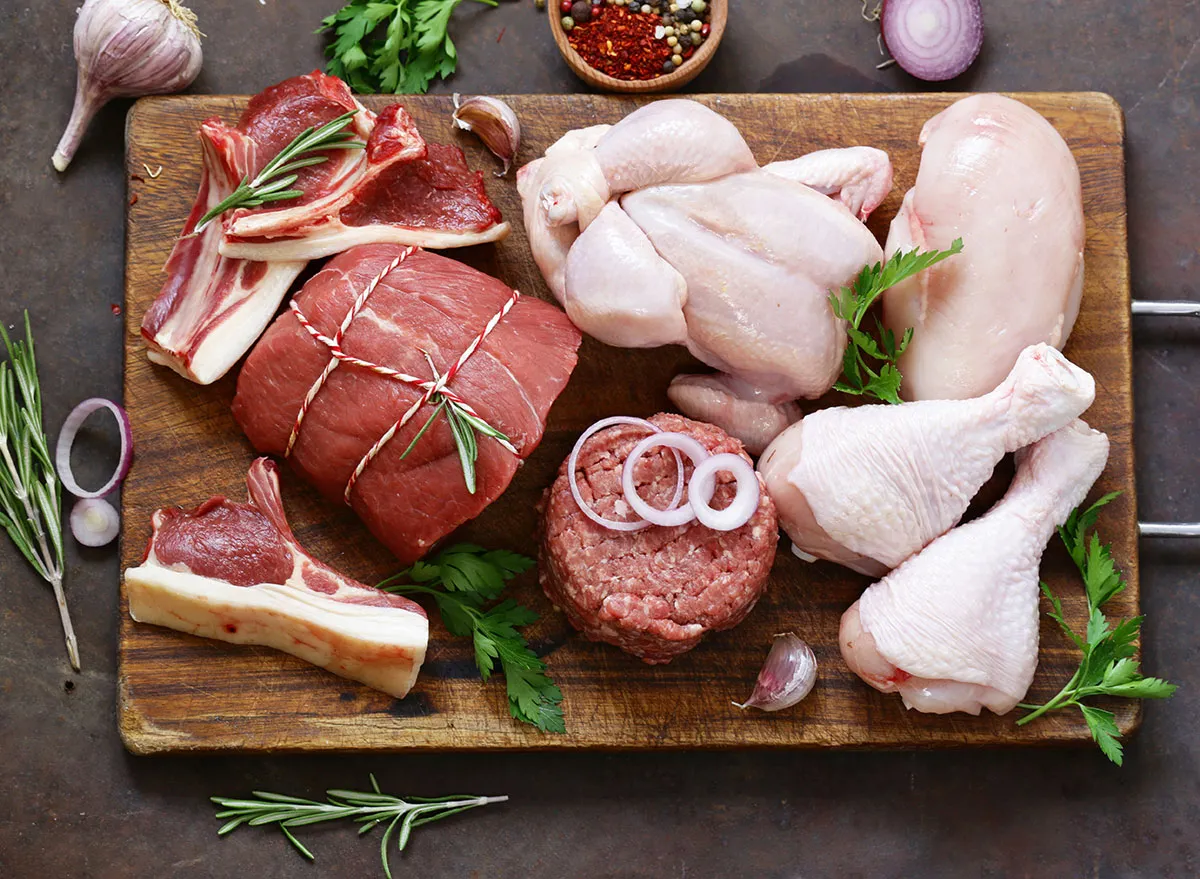
Lean meat is arguably the best source of protein. Unlike plant-based proteins (except for a select few such as quinoa and soybeans), animal proteins contain all nine essential amino acids—deeming them complete proteins. Besides helping your muscles grow and rebuild and keeping you looking toned and trim, amino acids also carry out significant physiological functions we need to survive. For example, the amino acids tryptophan and phenylalanine help prevent mood disorders, a study in Scientific Reports states, while threonine helps build youthful-skin-promoting collagen, PubChem informs us.
In addition to important amino acids, animal proteins also provide a slew of nutrients, including energizing B vitamins, anemia-fighting heme iron, and immune-system-strengthening zinc. That said, to help you find the best meat for your health and weight-loss goals, we consulted top dietitians to weigh-in on which proteins are best. Find out which dinner staples made the cut below!
From Worst to Best
Pork

Pork is last on our list because it’s not as lean and nutrient-filled as most of our other meats. It contains the least amount of muscle-maintaining protein and less vitamin B12 than lamb, bison, beef, and turkey, while clocking in as the second highest-fat choice on our list. Amy Shapiro, MS, RD, CDN of Real Nutrition ranks pork as the least nutritious meat because pigs often eat and live in unsanitary conditions, adding that people usually consume pork in very processed ways, including bacon and lard, which has been shown to increase heart disease risk.
Lamb

Lamb is low on our list because of its high calorie and saturated fat content, and therefore should not be consumed daily. However, when you do indulge in a serving, you’ll get 1.22 micrograms of vitamin B12, 4 milligrams of zinc, and 1.5 milligrams of iron. In addition to being high in protein, Shapiro tells us that this red meat also contains tallow trans fat, a prime source of CLA (conjugated linoleic acid), which unlike regular trans fat, is actually good for you and has been shown to promote weight loss.
Beef
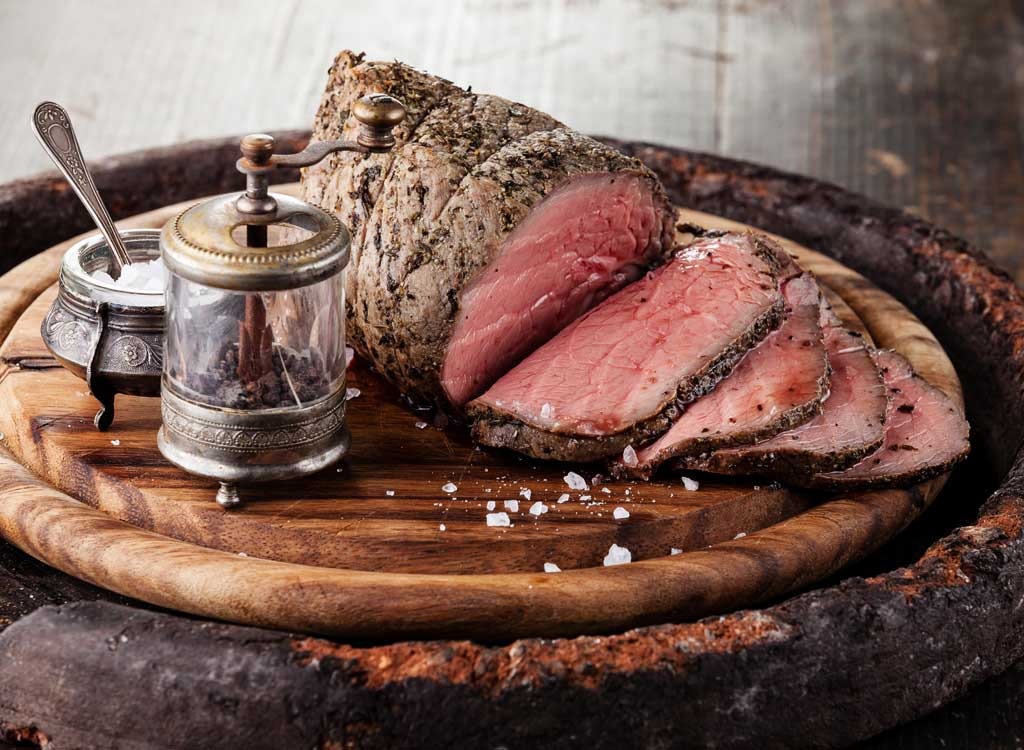
Beef contains about five times more immunity-boosting zinc and over seven times the amount of zinc than turkey. However, it’s higher in both total fat and saturated fat, so if you can’t give up the occasional burger or T-bone, go for grass-fed. Grass-fed beef contains less palmitic and myristic acids—two types of saturated fats linked to higher LDL cholesterol and heart disease—than grain-fed beef, Esther Blum, MS, RD, CDN, CNS tells us. “Grass-fed beef consistently contains a higher proportion of stearic acid, which even the mainstream scientific community acknowledges does not raise blood cholesterol levels,” she says.
Bison
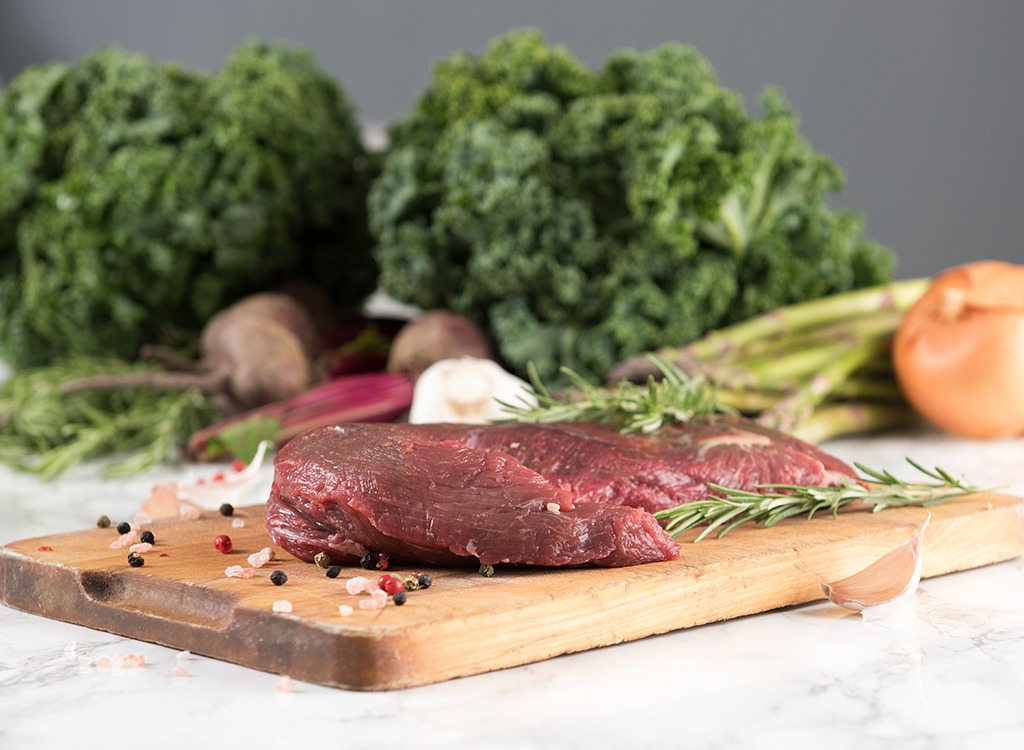
“I’m a big fan of bison, as it comes with all the good stuff, including zinc, iron, and protein,” says Shapiro. “Since bison is grass-fed, it is leaner than beef and has more omega-3 fatty acids,” Shapiro says, adding that it has fewer calories and less fat than beef. Bison is one of the top sources of iron and is a solid source of both vitamin B12 and zinc. However, you should limit your red meat consumption to no more than two times per week. “I still do not recommend eating red meat more than two times a week, as an increased intake has been shown to be correlated with an increased incidence of disease,” Shapiro tells us. If you’re craving red meat, bison is our top pick.
Chicken
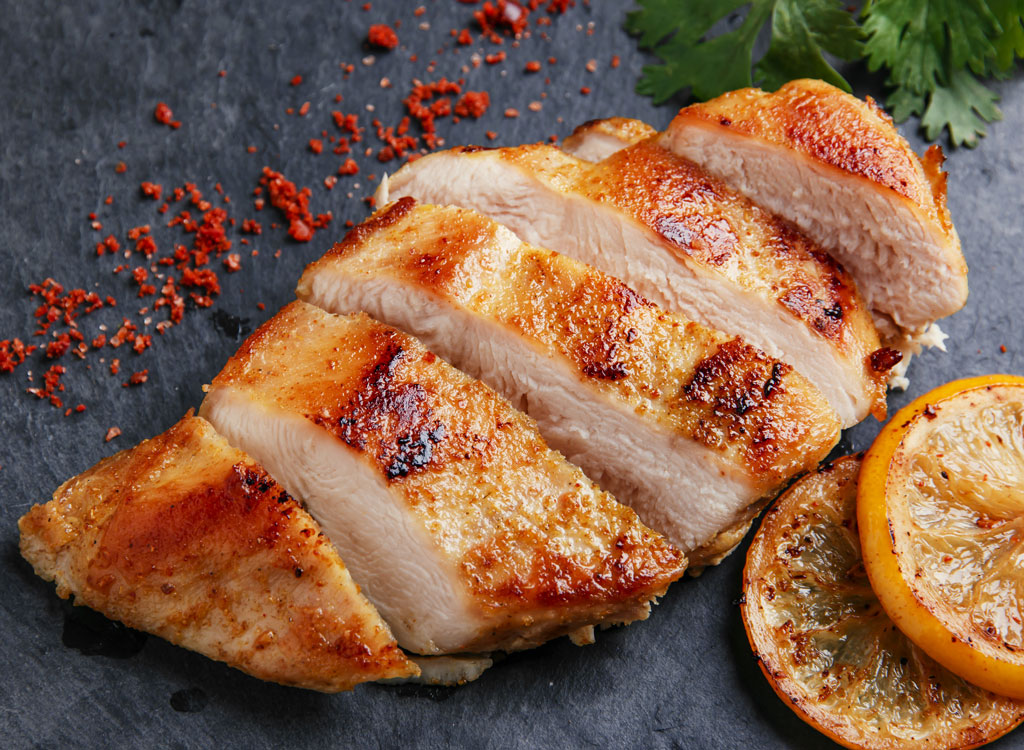
Chicken is a popular source of protein for good reason: It is high in protein yet low in calories and saturated fat (as long as you stay away from the skin!). “Chicken is a great way to add protein to your diet and to stay full and satisfied at meals without going over your calorie budget,” Shapiro informs us. While chicken is low in iron, vitamin B12, and zinc compared to our other meats, its low saturated fat content makes it a great addition to your daily diet. To get the most bang for your nutritional buck, Shapiro recommends shopping for humanely-raised organic and pasture-raised chickens and consuming a mix of white and dark meat and removing the skin.
Turkey
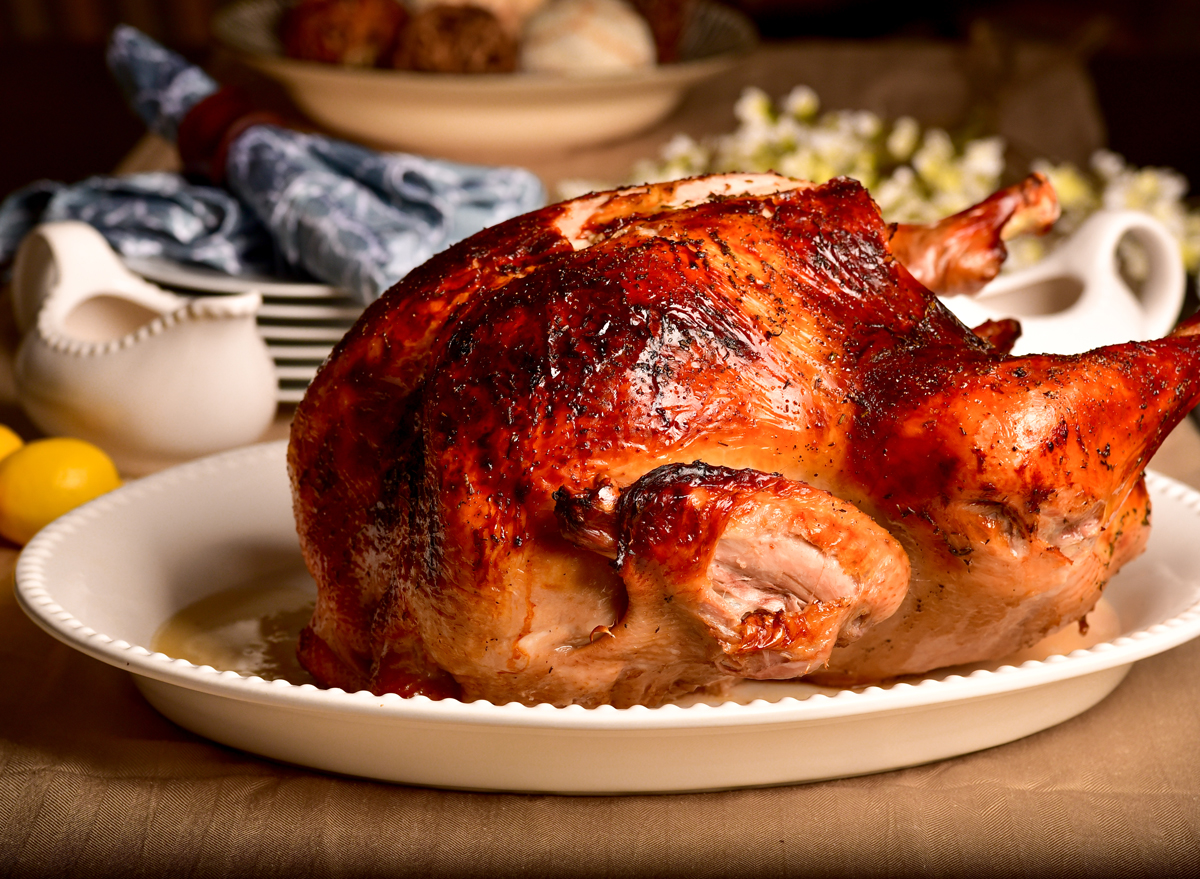
“Poultry and chicken, in general, are leaner options when comparing against all the meats. However, when compared to themselves, I view turkey being a healthier option than chicken,” Caroline Weeks, RDN, LD, tells us. “The white meats are generally easier on the GI tract and are more easily digested than red meat,” says Weeks, which is why unlike red meat, poultry can be eaten more often. When it comes to the chicken versus turkey debate, turkey takes the cake by a landslide. Turkey contains more zinc and has less saturated fat than chicken. While chicken breast has a slightly higher protein count than turkey breast, dark turkey meat contains more protein than dark chicken meat. Additionally, turkey’s amino acid profile, specifically BCAA (branched chain amino acids), is a bit more robust than chicken’s.

